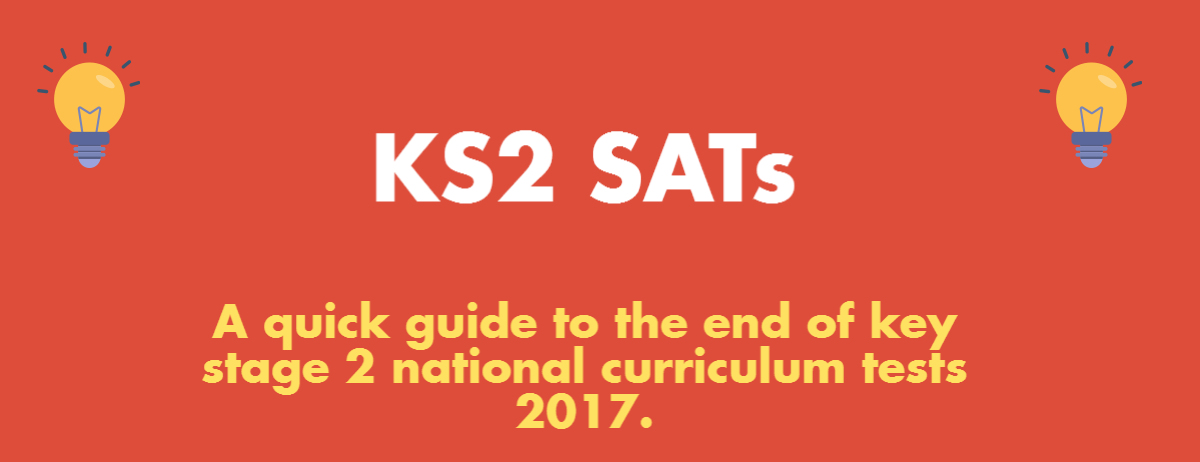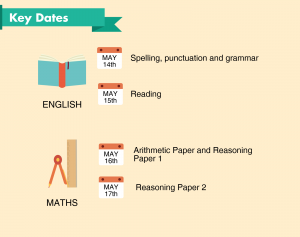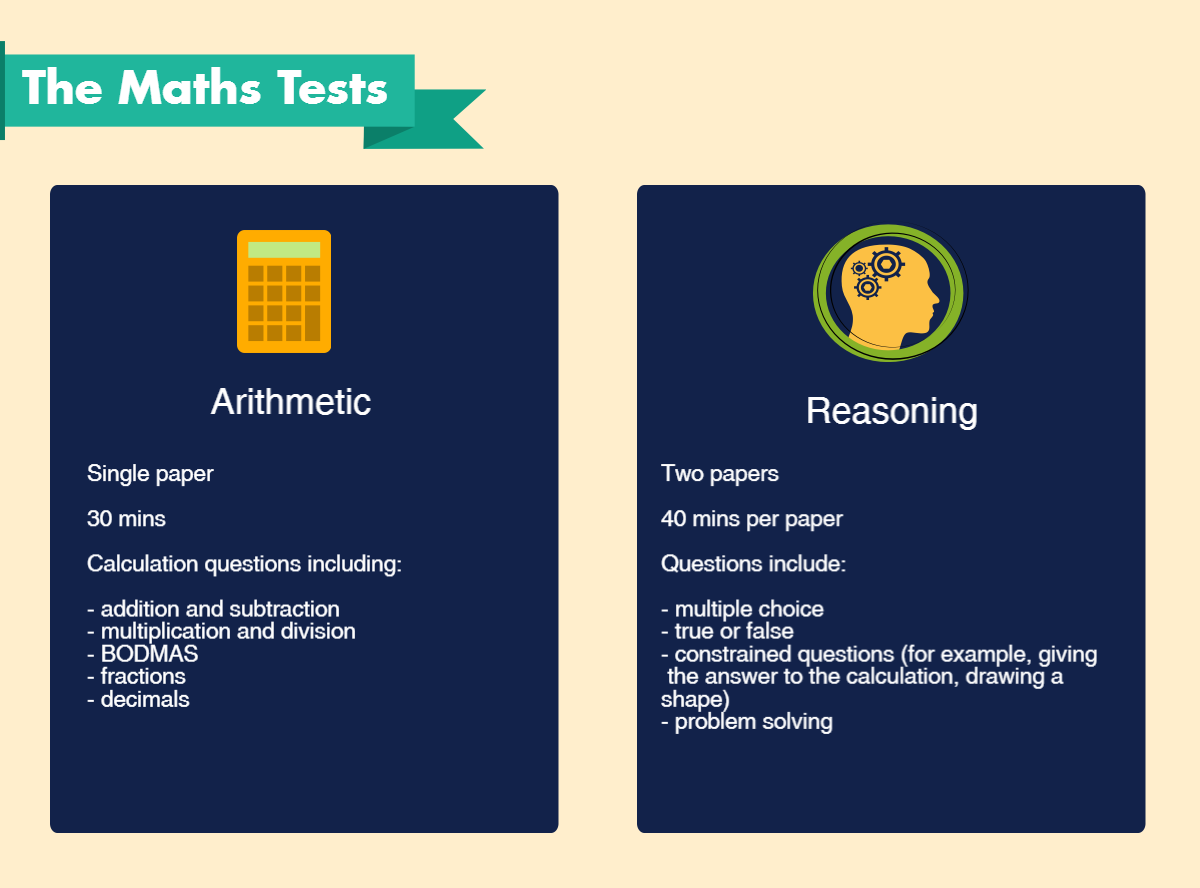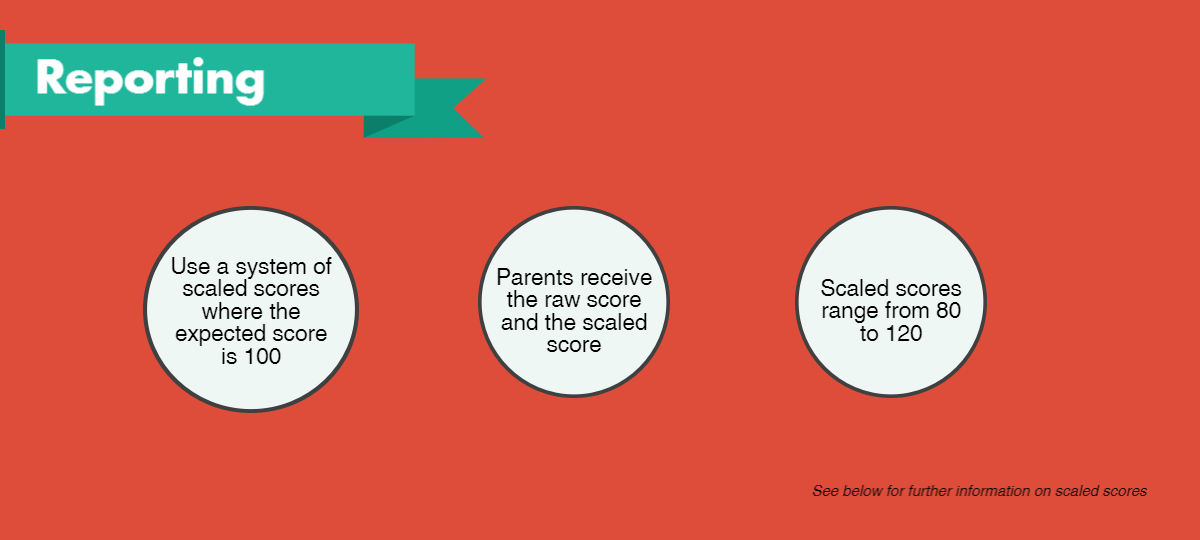For more information on Key Stage Two tests click here
 S
S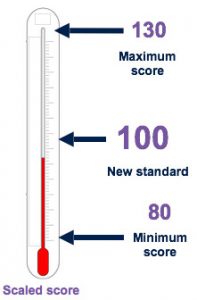 ATs tests are externally marked, with results being returned to schools in July. The results will be shared with parents before the end of the summer term. Although each test has a different number of questions and marks available, all of the test results have been converted to a common scale. It is this scaled score that will be reported to you. The scaled score gives an indication of how children have achieved against the nationally expected standard. A score of 100 represents the expected standard. Higher scores indicate higher achievement, while scores below 100 indicate that children have not yet met the expected standard for their age.
ATs tests are externally marked, with results being returned to schools in July. The results will be shared with parents before the end of the summer term. Although each test has a different number of questions and marks available, all of the test results have been converted to a common scale. It is this scaled score that will be reported to you. The scaled score gives an indication of how children have achieved against the nationally expected standard. A score of 100 represents the expected standard. Higher scores indicate higher achievement, while scores below 100 indicate that children have not yet met the expected standard for their age.
You will receive test scores and scaled scores for each of the tested subjects:
• Reading
• Mathematics
• Grammar, Punctuation and Spelling
To give an indication of the range of marks, the lowest possible score is likely to be around 70 or 80, with high scores of up to about 120 or 130. Children who score at the lower end of this range are likely to need some further support to ‘catch up’ as they move into secondary school.
Along with each of the test results, you will also receive information about the teacher’s assessment of your child’s ability.

Reading
Format of the test
There is only one paper in the Reading test, worth 50 marks. The paper will cover a selection of texts with between 1500 and 2300 words for children to read, including fiction, non-fiction and poetry. Children will be given a reading booklet and a separate answer booklet containing comprehension questions about each text. Easier texts will appear first in the reading booklet. The test will last one hour.
What kind of questions are there?
There will be a mixture of question types including 1-mark, 2-mark and 3-mark questions. In some questions, your child will need to choose an answer (selected responses) by ticking, drawing lines or circling. For some, they will need to write their own answer (short or extended constructed responses). The length of the answer expected will be shown by the space given for the answer, e.g. a short line or box for one-word answers, a few lines for a sentence or two, or a large box for a detailed answer to explain an opinion.
Examples of selected response questions include:
Multiple choice, e.g.
- Where would you be most likely to see this text? Tick one of the options below.
- Circle the correct option to complete each sentence below.
Ranking/ordering, e.g. Number the events below to show the order in which they happen in the story.
Matching, e.g. Match the events below to the year in which they happened.
Labelling, e.g. Label the text to show the title.
Examples of short constructed response questions include:
Find and copy, e.g. Find and copy one word on page 9 that suggests Malone feels part of the team of explorers.
Short response, e.g.
- How did Anousheh’s trip into space make history?
- What is the tremendous monster in the poem?
Examples of extended constructed response questions include:
Open-ended response, e.g.
- Look at the paragraph beginning ‘Once upon a time …’. How does the writer increase the tension throughout this paragraph? Explain fully, referring to the text in your answer.
- Based on what you have read, what does the last paragraph suggest might happen to the explorers next? Use evidence from this paragraph to support your prediction.
Spelling, punctuation and grammar
Format of the tests
There are two papers in the English grammar, punctuation and spelling test. The first paper includes questions on grammar, punctuation and vocabulary and is worth 50 marks. The second paper is an aural spelling test worth 20 marks. In each paper the questions appear in order of difficulty.
In Paper 1: questions, children are given a booklet containing various questions that assess their understanding of grammar, punctuation and vocabulary. The test will last 45 minutes.
In Paper 2: spelling, children are given an answer booklet containing 20 sentences with a missing word in each sentence. For each sentence, your child’s teacher will read aloud the missing word, then the whole sentence, and then the missing word again. Children must spell the missing word correctly, including any necessary capital letters, apostrophes and hyphens, to gain a mark. The test will last approximately 15 minutes.
What kind of questions are there?
There will be a mixture of question types. In some, your child will need to choose an answer (selected responses). For some, they will need to write their own answer (constructed responses).
Examples of selected response questions include:
- Multiple choice, e.g.
- Tick the sentence that must end with a question mark.
- Underline all the conjunctions in the sentence below.
- Circle the two words in the sentence below that are synonyms of each other.
- Matching, e.g. Draw a line to match each prefix to the correct word so that it makes a new word.
Examples of constructed response questions include:
- Complete / correct / rewrite, e.g. Rewrite the sentence below, adding a subordinate clause.
- Write, e.g. Write a sentence using the word cover as a noun.
- Explain, e.g. Explain how the use of commas changes the meaning in the two sentences below.

Format of the tests
There are three papers in the Mathematics test. The first focuses on arithmetic and is worth 40 marks. The other two papers focus on mathematical reasoning and are worth 35 marks each. In each paper the questions appear in order of difficulty.
In Paper 1: arithmetic, children answer context-free calculations to test their confidence across the range of mathematical operations. The majority of questions are worth 1 mark, but 2 marks will be available for long multiplication and long division. In the test booklet, space is provided for children to use for working out, but they should write their answers in the answer box. Children have 30 minutes to complete the test, so children with good mental arithmetic skills will have a better chance of answering all the questions.
In Paper 2 and Paper 3: reasoning, children answer questions to test their mathematical fluency and skills in problem solving and reasoning with number, measures, geometry and statistics. Children have 40 minutes to complete each paper. Some questions are set in a context and some prompt children to show their method to gain extra marks.
Children may use a ruler, angle measurer or protractor, and a mirror, but are not allowed to use calculators in any of the papers.
What kind of questions are there?
In Paper 1: arithmetic, all the questions will be context-free calculations, for example:
- 979 + 100 = [ ]
- 472 – 9 = [ ]
- 1.28 x 100 = [ ]
- 630 ÷ 9 = [ ]
- 42 = [ ]
- 20% of 1500 = [ ]
- 1/4 x 1/8 = [ ]
- 234,897 – 45,996 = [ ]
- 20% of 1500 = [ ]
In Paper 2 and Paper 3: reasoning, there will be a mixture of question types. In some, your child will need to choose an answer (selected responses). For others, they will need to write their own answer (constructed responses), sometimes from a problem-solving context.
Examples of selected response questions include multiple choice, matching and true/false questions.
Examples of constructed response questions include:
- Constrained question, e.g
- Look at this number: 23,451.96
- Write the digit that is in the hundreds place.
- Write the digit that is in the hundredths place.
- Less constrained question, e.g.
- On Saturday Lara read 2/5 of her book. On Sunday she read the other 90 pages to finish the book. How many pages are there in Lara’s book? Show your method.
